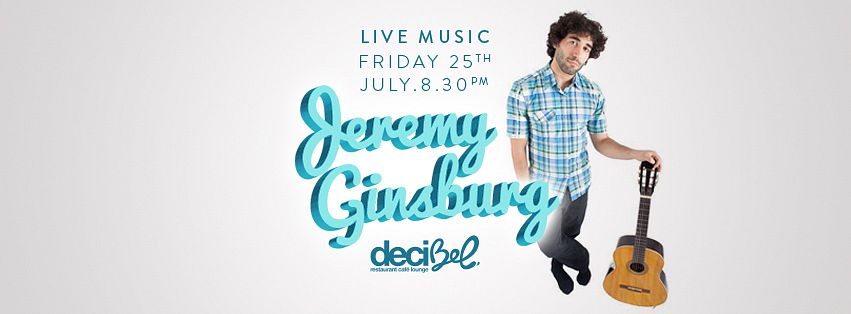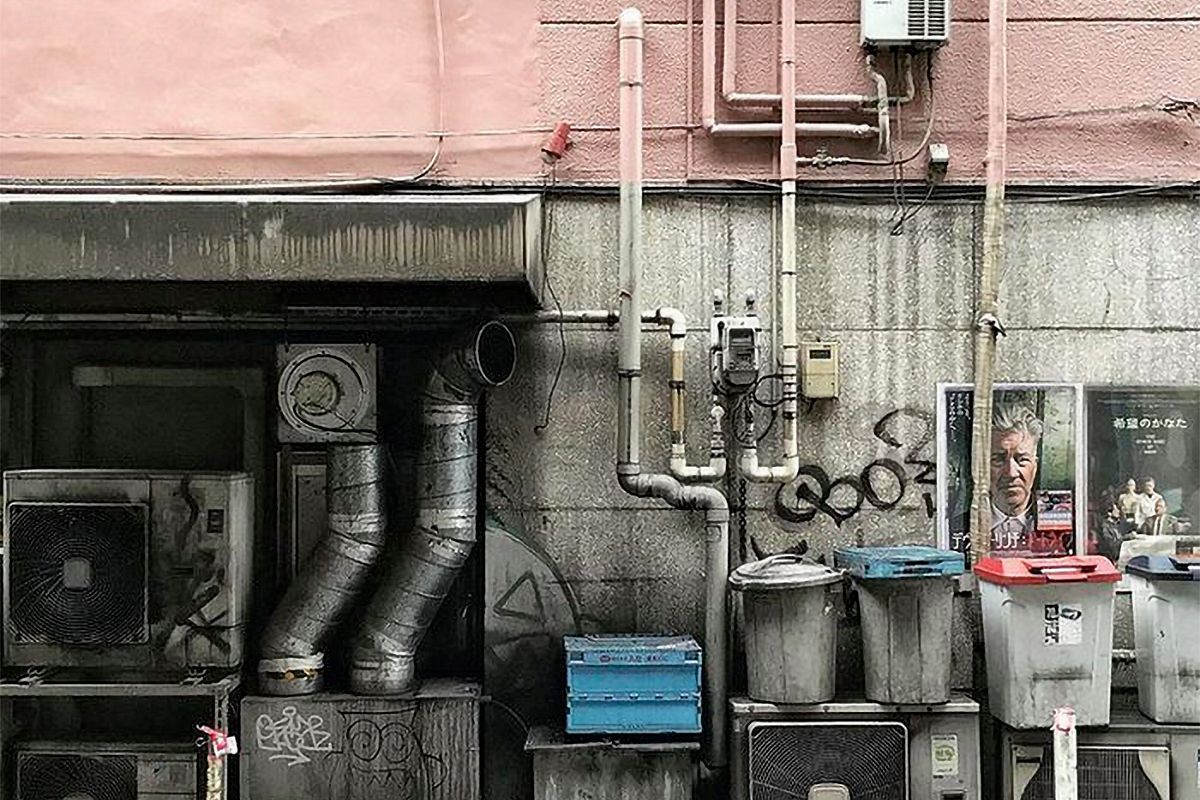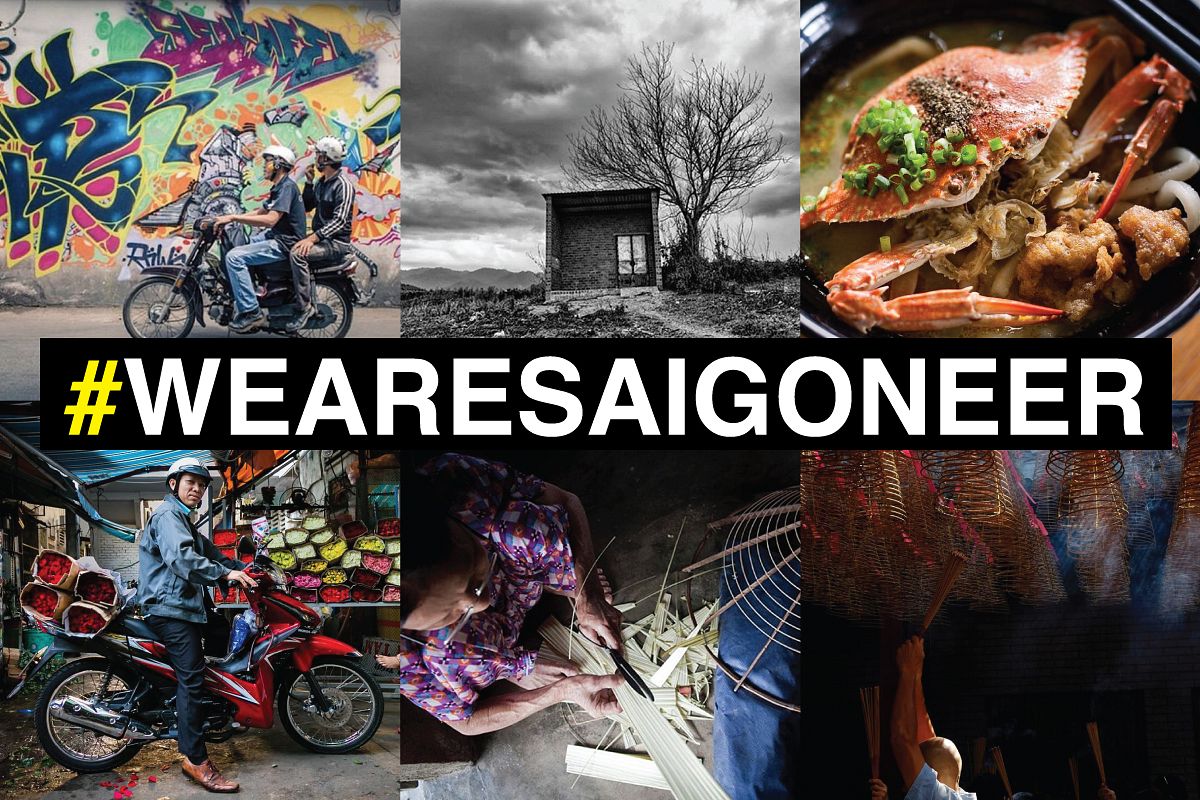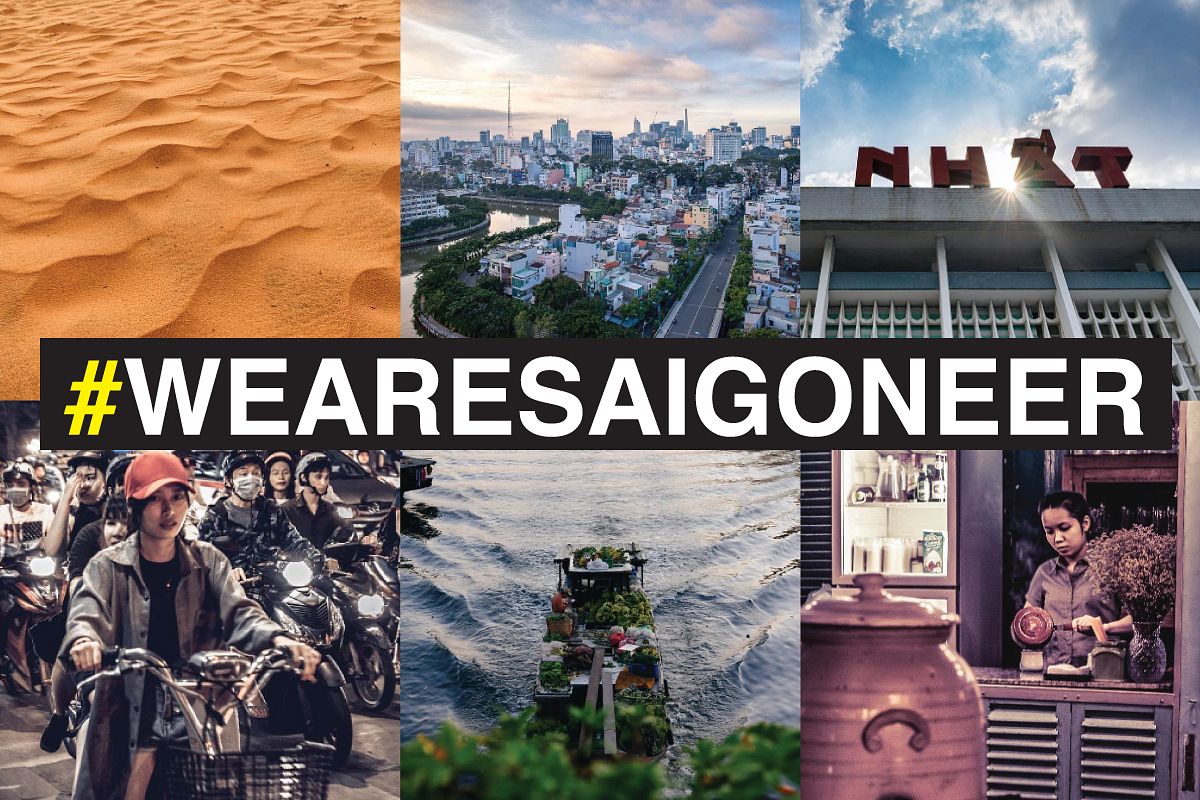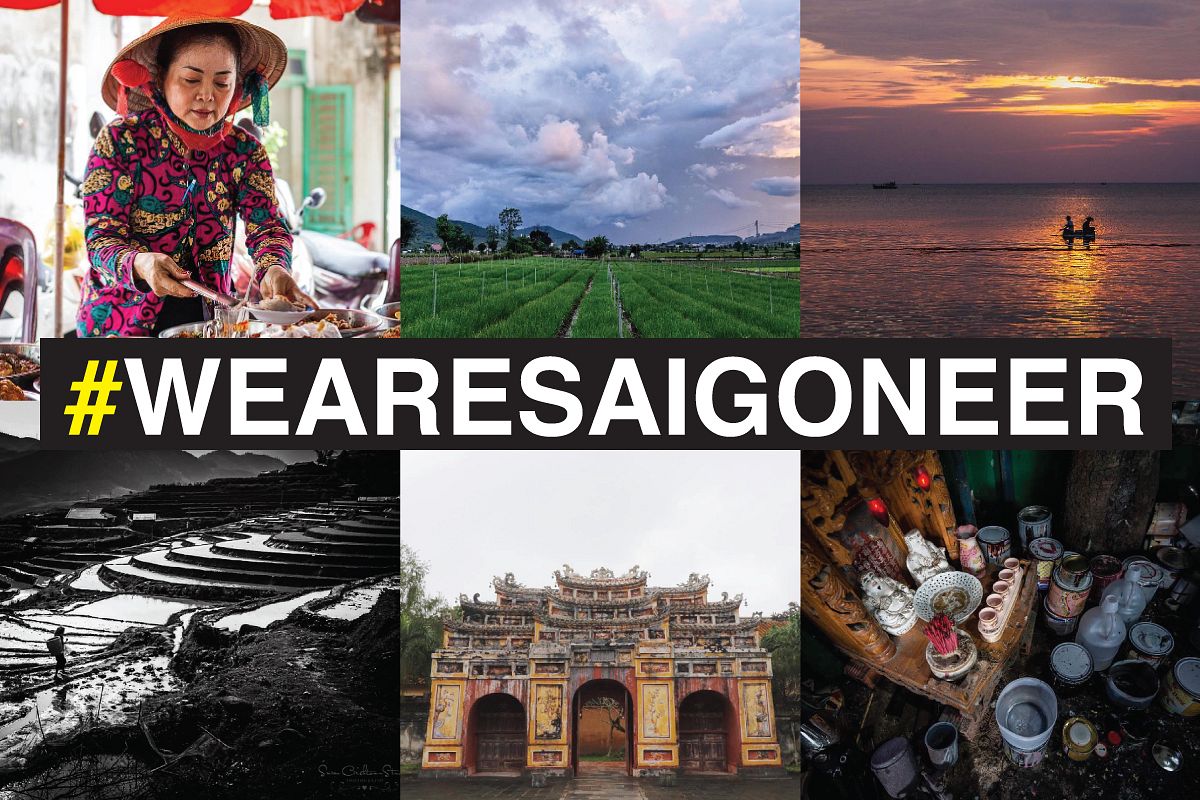Over the last year, tendrils of young mangrove trees have spread along the banks of the broad Cổ Chiên River in Trà Vinh Province.
These trees are adding to the natural buffer that existing mangroves provide for communities in the area, as they face the prospect of rising sea levels in coming years - along with most of the rest of the Mekong Delta.
While it’s common to see headlines about deforestation around the world - an issue that Vietnam is certainly not immune from - these mangrove forests are moving in the opposite direction. This is being done through a wide-ranging collaboration between MangLub, a social enterprise sponsored by SK Innovation, the UN Environment Programme (UNEP) Korea, and Dreamsharing.
MangLub began working with the Trà Vinh forestry department in 2019 to plant mangrove seedlings at the tip of Cồn Bần, a tiny islet in the Cổ Chiên River, home to a few shrimp farming households. Since then, MangLub and its partners have gone on to plant 147 hectares of mangroves across Trà Vinh, with another 60 hectares set for planting by the end of this year. This includes one hectare of test planting of Sonneratia Alba.
“It’s been very successful,” said Hangsok Kim, MangLub’s CEO. “More and more companies, schools, and organizations from around the world are calling us to collaborate on preserving nature.”
One of those companies seeking their support is Gemalink, the operator of the Gemalink International Port in Bà Rịa–Vũng Tàu Province. Benoit Klein, the port’s CEO, discovered MangLub while searching for ways to offset some of the carbon generated by his carbon-intensive work, which also involves the French shipping giant CMA CGM, the world’s third-largest container shipping company.
Klein spearheaded the Seed for Sea program, which aims to link western multinationals with MangLub in order to finance further mangrove planting.
Seed for Sea’s focus at the moment is the Intsia bijuga, an endangered tree species known as the Borneo teak that lives within mangrove forests and grows up to 50 meters tall. It is listed on the IUCN Red List of Threatened Species, and fewer than 100 of these trees survive in Trà Vinh.
This planting kicked off on June 10.
Thus far, Gemalink has agreed to sponsor two hectares of Intsia bijuga, while three other European corporations have agreed to sponsor three more hectares. “We want to convince more private companies to finance new hectares of mangroves,” Klein said. “These five hectares are good news, but we’re having more discussions with companies now.”
Klein hopes Seed for Sea can link financing for 40 further hectares in the coming years.
The Intsia bijuga planting kicked off in mid-June, with seedlings grown at MangLub’s nearby nursery.
A team from SK also visited the area on June 9 to conduct planting of their own - a task normally carried out by MangLub and their partners in the local forestry department. This sort of private-sector sponsorship to restore natural areas may be relatively new to Vietnam, but it aligns with the ESG (Environmental, Social and Governance) goals and experiences of international corporations.
“This project perfectly suits these big western companies’ needs,” Klein said. “They’re looking for projects, and they’re not that easy to find. This one is reliable - we’ve been through different audits with CSR [Corporation Social Responsibility] experts who talked to MangLub, and they said go ahead.”
One of these companies is Hapag Lloyd, the German international shipping giant, which launched its reforestation project focused on the mangrove apple (Sonneratia Caseolaris) species as part of the Seed for Sea program on June 16. These trees can grow up to 20 meters in height and have a distribution range spanning from Africa to Indonesia.
“We are focused on the corporation’s ESG commitments,” Kim added. “It’s all about carbon reduction, and mangroves are a nature-based solution for doing that. They absorb quadruple the amount of carbon dioxide that normal trees do.”
Kim has grand goals for MangLub’s work in the coming decades, sharing that he wants to plant 30,000 hectares of mangroves and 10,000 hectares of Intsia bijuga “before I die.”
The hope is that this mangrove planting will expand beyond Trà Vinh, something that both Kim and Klein are pursuing, though nothing in other provinces is confirmed yet. MangLub also strives to train the next generation of mangrove conservationists and has had five intern cohorts thus far.
“I began this to just give a better Earth to my kids,” Kim said. “We began with one employee, and now there are companies in South Korea, France, Germany and Italy calling us, and schools in the United States calling us. It’s really satisfying and gives me encouragement to work more.”


